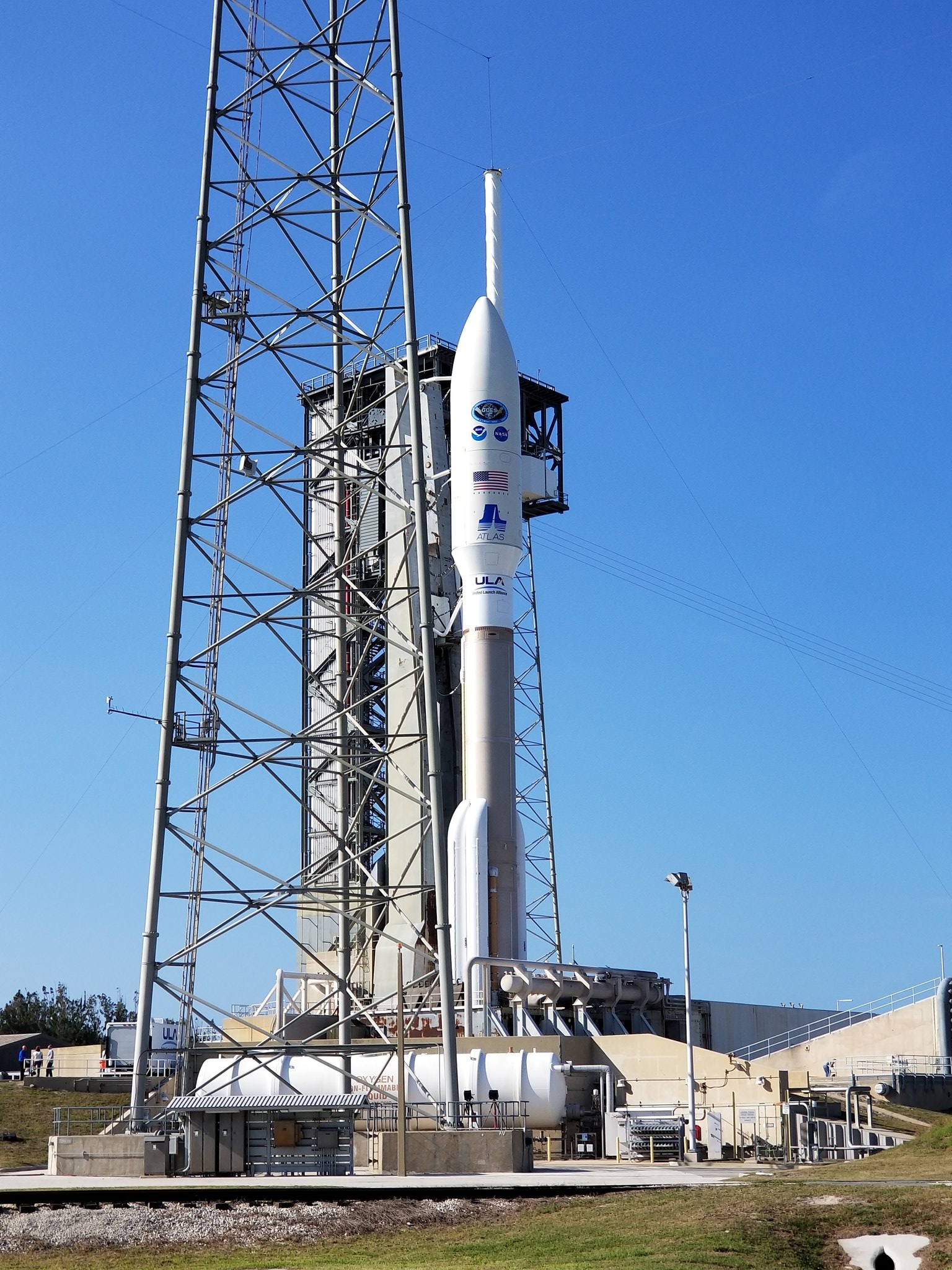
The satellite which launched as GOES-S on March 1, 2018 is now operating as GOES-West, covering the western United States, Alaska, Hawaii, and much of the Pacific ocean. GOES-West began as GOES-S at launch. Once in space, it was designated as GOES-17. Now that it’s operational, it will keep the “West” moniker. NOAA also announced that NOAA-20, the first spacecraft in the Joint Polar Satellite System, is operating as NOAA’s primary afternoon polar satellite. It features the most advanced technology NOAA has ever flown in a polar orbit to capture more precise observations of the world’s atmosphere, land and waters.
“NOAA now has both types of advanced satellites — geostationary and polar-orbiting — in operation. We’re continuing to deploy and leverage the latest technology to improve observations that help us achieve the goals of the Weather Research and Forecasting Innovation Act,” said Neil Jacobs, Ph.D., NOAA assistant secretary of commerce for environmental observation and prediction.
“Extraordinary observations from GOES-17 are being infused into the forecast process, enabling us to offer new and improved forecasts, products, and services that save lives and property,” said Louis W. Uccellini, Ph.D., director of the National Weather Service.
Miss our live stream of tonight's #GOESS launch? Here it is, from high atop the VAB at @NASAKennedy . Stunning launch! Great job @NASA, @NOAA, @NWS, @ulalaunch , @HarrisCorp , @LockheedMartin , @NOAASatellites , & countless partners that made today's event possible! pic.twitter.com/S3ohzJHrmi
— the Weatherboy (@theWeatherboy) March 2, 2018